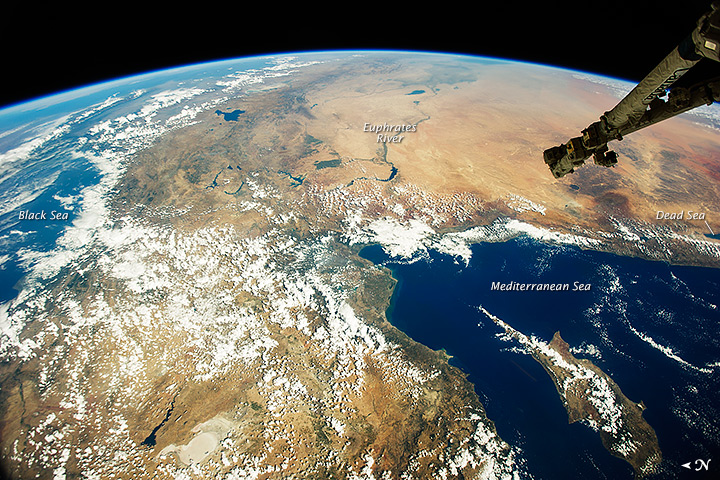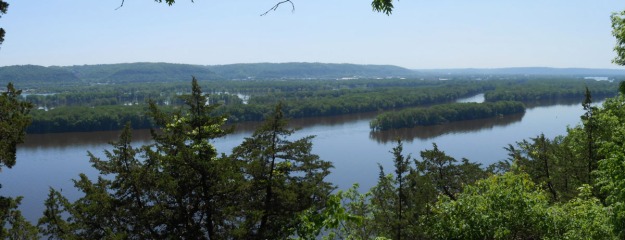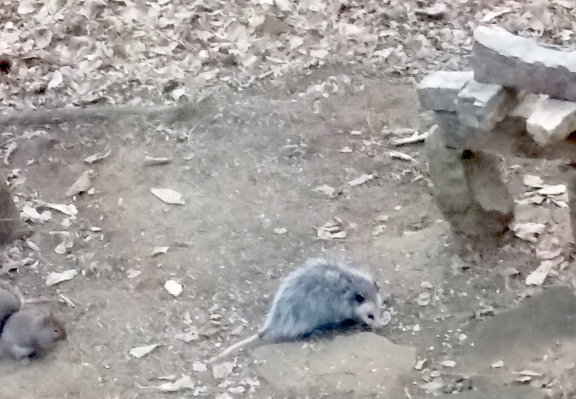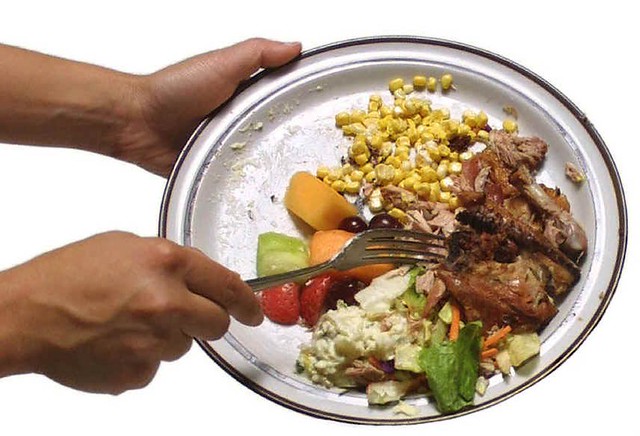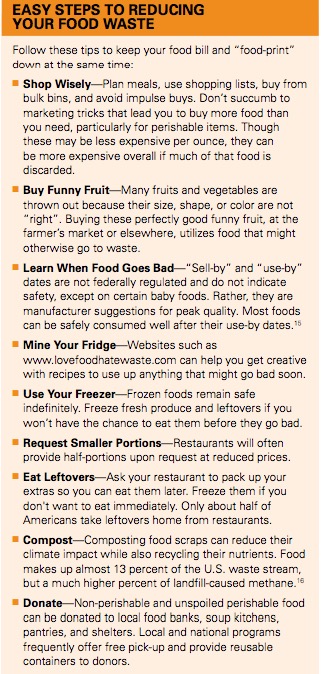The other day I stumbled on this quotation, attributed to Theodore Roosevelt. I looked for context, for the circumstances under which he made such a statement and so far haven’t seen any. In fact, apparently the attribution is disputed. Perhaps it doesn’t matter who said it or under what circumstances. The text itself has plenty to chew on.
First, let’s consider what the quotation is not talking about. It’s not talking about the ability to discern differences. It’s talking about how we use that ability. Comparison is necessary for survival. We need to be able to discern fresh foods from spoiled, safe situations from danger. There are people who have a diminished tactile sense and can’t feel heat, for example. They can’t compare a surface that is too hot to one that is not. That lack of ability is dangerous. Ability to compare improves our safety.
Also, we must be able to compare against some standard to improve in any skill. Even a baby learning to walk is making comparisons for balance. In academics, in sports, in the arts, we analyze adjustments to change outcomes. Generally, advancements in every field require imagining a future that is different from current circumstances. The “what if” question is based on comparison.
So the quote is not about these. On first blush, it may look like a statement about envy. A number of essays have been written referring to the quote, with envy as the theme. If you compare yourself to others whose lives seem better or happier, those who are “prettier” or more popular, it can have a discouraging effect. This time of year is rife with comparison, with people feeling inadequate for their holiday preparations, or for how gifts are conveyed or received. They see glittering images on Pinterest and Instagram of others’ best efforts; their own pale in comparison.
Shauna Niequist writes eloquently of the social media envy effect:
The danger of the Internet is that it’s very very easy to tell partial truths—to show the fabulous meal but not the mess to clean up afterward. To display the smiling couple-shot, but not the fight you had three days ago. To offer up the sparkly milestones but not the spiraling meltdowns.
But seeing the best possible, often-unrealistic, half-truth version of other peoples’ lives isn’t the only danger of the Internet. Our envy buttons also get pushed because we rarely check Facebook when we’re having our own peak experiences. We check it when we’re bored and when we’re lonely, and it intensifies that boredom and loneliness.
When you’re laughing at a meal with friends, are you scrolling through Pinterest? When you’re in labor with your much-prayed-for-deeply-loved child, are you checking to see what’s happening on Instagram? Of course not. We check in with our phones when it seems like nothing fun is happening in our own lives—when we’re getting our oil changed or waiting for the coffee to brew.
Envy, a comparison in which we come up short, steals joy.
On the other end of the spectrum of personal comparison is pride’s exaggerated cousin, arrogance. Pride is the feeling of capability, distinction, or accomplishment. While pride may be based in fact — factually you are a fast runner, as proven by the stopwatch — arrogance is an inflated sense of goodness compared to others, which is not necessarily factually based. This article in Psychology Today explains the difference:
Authentic pride arises when we feel good about ourselves, confident, and productive, and is related to socially-desirable personality traits such as being agreeable, conscientious, and emotionally stable. Hubristic pride tends to involve egotism and arrogance, and is related to socially undesirable traits such as being disagreeable, aggressive, having low or brittle self-esteem—and being prone to shame.
Arrogance arises in all kinds of situations. At home, in school and the workplace, one person belittles another to puff up their own sense of importance. In sports we call it trash talking.
And everywhere we see it in bigotry. Bigotry is the extreme comparison, stemming from extreme arrogance.
A few days ago my friend Mark posted on Facebook, “A man pointed his finger at me and said, ‘You are the wrong color.’ Twice.” The accusing man was angry for being denied a larger portion from the food pantry, based on the size of his household. He blamed Mark, because, apparently, Mark is the wrong color.
The man could only have come to that conclusion from comparing his own skin color to Mark’s and determining, without fact, that his own color was superior.
I’ve had personal experience with bigots, as well. Those who judged me as inferior in investment management because of my anatomy, those who espouse religious claims on the inferiority of other people’s beliefs, those who enjoy belittling my small stature. They are arrogant in asserting superiority.
“Comparison is the thief of joy.”
How happy are those whose confidence in their own religious beliefs must be bolstered by tearing down others’? How strong is their faith, really? How easily might it be shattered?
How comfortable are those in their own skin, who need to point out the freakish nature of someone like me, a whole inch shorter than the average woman in America?
How joyful was the man who accused Mark of being the wrong color? How can he enjoy life knowing there are so many around of similar tones? Every day he has the potential to encounter such a person! What a frightening life he must lead.
And for all those who insulted the racist man Mark encountered, how happy were they in making their negative assessment? Were they pleased to hear of the incident? Were they joyful in determining he was “ignorant,” “mindless,” “a moron?”
Instead, consider remarks from Miranda: “Just be grateful that you are so much happier than he is capable of being. People with such small minds are never happy, are always scared and are destined for failure. Lucky you. It kind of makes me feel sorry for the pathetic S.O.B. Obviously he has had a miserable existence.”
Or from Melody: “My first thought is Alzheimer’s.”
These compassionate responses reflect the loving and joyful hearts of the two women who shared them.
Maybe our own greater joy is in compassion than in comparison. After all, we are more alike than different. Recognizing our commonalities allows us to laugh together, cry together, and cheer each other on. It allows us to offer and accept help, and gives opportunities for peace rather than conflict. Rejoice in our sameness, celebrate our differences. Do not let comparison steal your joy.




